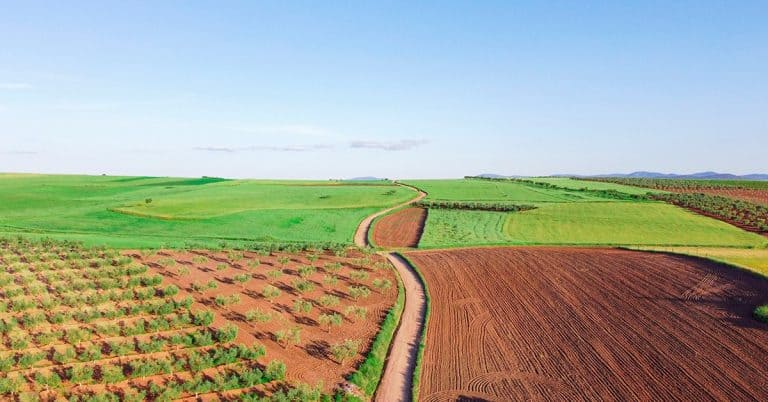The world is slowly awakening to the fact that climate change is real and action needs to be taken to mitigate its effects. Enhanced Rock Weathering (ERW) is one such technique that has the potential to capture carbon dioxide from the atmosphere and mitigate climate change. ERW involves the ground application of rock powders such as basalt and glauconite to increase the rate of carbon from the atmosphere while releasing nutrients to the soils. However, there is limited public awareness, and there are concerns about the efficacy and safety of the technique. Understand more about the public perception of ERW, discussing potential barriers to implementation and strategies for improving public acceptance.
The problem of public perception of Enhanced Rock Weathering
The need for carbon capture technologies and climate change solutions has become more pressing than ever before. One potential solution that has been gaining traction is Enhanced Rock Weathering (ERW), which involves using crushed rocks to capture carbon dioxide from the atmosphere.
However, Enhanced Rock Weathering is still a relatively new and unfamiliar concept to many, which poses challenges for its implementation. One of the main issues in this context is that Enhanced Rock Weathering faces challenges in public perception as there is a lack of understanding of the technology among the general public.
This lack of understanding of ERW is due to limited public awareness and educational programs that can familiarize the public with ERW techniques. Although some environmental groups have embraced the technique, some groups argue that ERW could lead to environmental and health risks.
One potential challenge to Enhanced Rock Weathering implementation is the public’s lack of awareness of the technique’s potential benefits.
Another challenge is the reluctance of governments and corporations to invest in ERW, mainly because of a lack of awareness of the technology and doubts about its efficacy. A lot of scientific research has gone into the technology, and results show that the technique is sustainable and could capture significant amounts of atmospheric carbon dioxide.
Governments often opt for more traditional methods of carbon capture such as carbon capture and storage (CCS), which have been in use for longer and have significant investment already poured into them.
The perception of the public towards ERW could also be influenced by media coverage and communication. The media has a role in shaping public perception of issues related to the environment, and it is essential to ensure that it accurately reflects the science behind Enhanced Rock Weathering.
In this context, misleading information could lead to a negative perception of the technology, thereby reducing the chances of the technology being adopted by society.
But what are the steps that can be taken to overcome such challenges?
Steps to overcome the challenges of Enhanced Rock Weathering public perception
One strategy for improving public acceptance of Enhanced Rock Weathering involves public engagement and communication. Scientists, environmental groups, and corporations can engage with the public through educational programs, symposiums, and workshops.
These engagement activities could provide a platform for dialogue where questions and concerns about the technology could be addressed. Scientists should also take up the responsibility of educating the public on what is known and unknown about Enhanced Rock Weathering. This will help to create a general understanding and lead to more informed decision-making by policymakers and the general public.
Governments and corporations could also incorporate environmental concerns and sustainability considerations in their policies and business models. Such a move could help to integrate ERW into the mainstream.
Increased research funding could provide scientific evidence on the efficacy and safety of the technology. Good communication strategies, sound science, and research funding could all contribute to increasing public acceptance of ERW.
As ERW is a potential key tool to mitigate climate change, the need to quell the misconceptions and uncertainties about it is imperative
Summarizing, Enhanced Rock Weathering is a viable climate change mitigation technology that could take us a step forward in transitioning to a low carbon economy.
However, the success of this technology remains dependent on public perception, which is currently hindered by limited public awareness and concerns about the technology’s efficacy and safety.
Governments, researchers, environmental groups, and corporations all have a role to play in educating the public on ERW and its practical applications. Improving public perceived benefits and reducing perceived risks could lead to the successful integration of Enhanced Rock Weathering into mainstream climate mitigation strategies.

